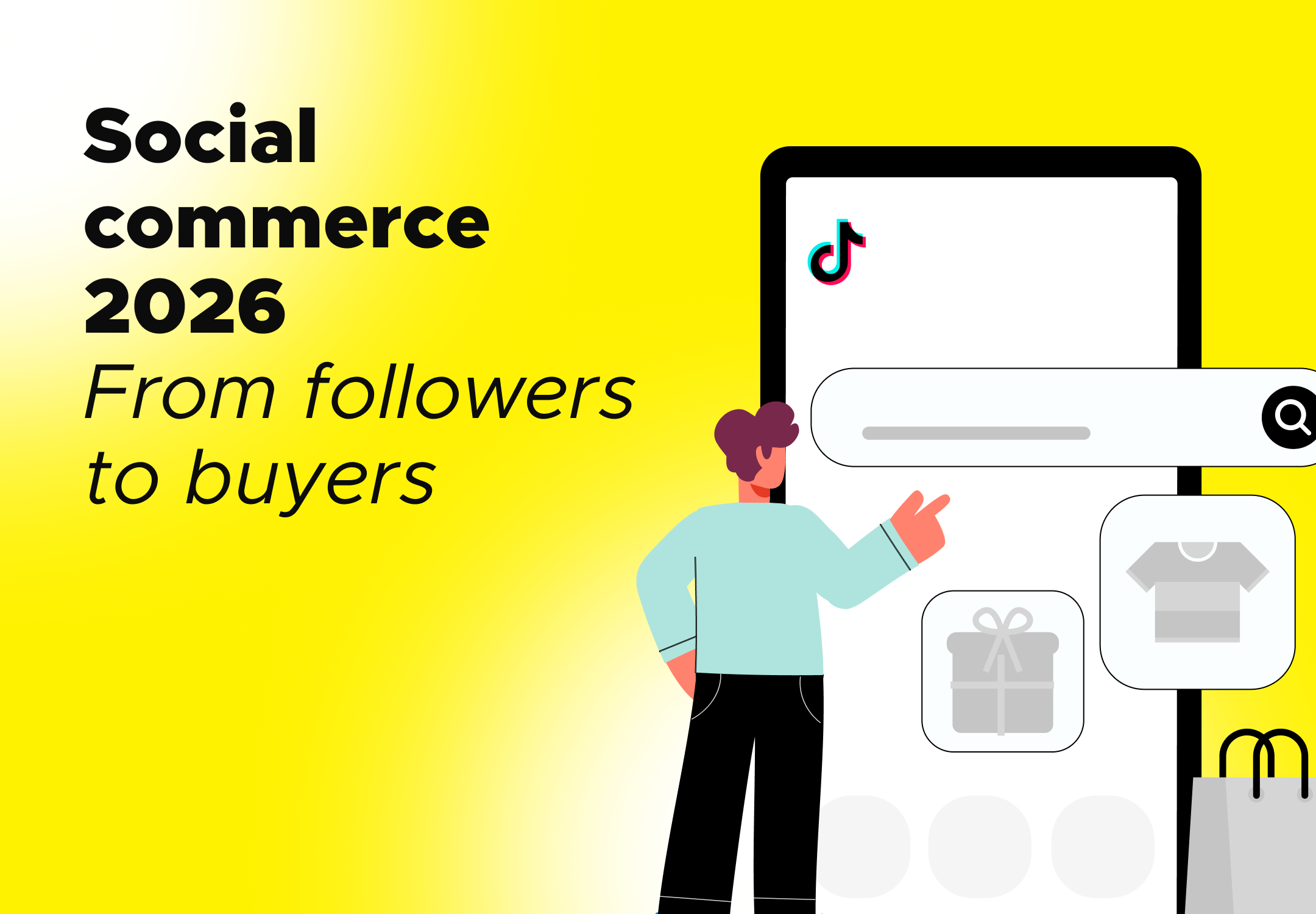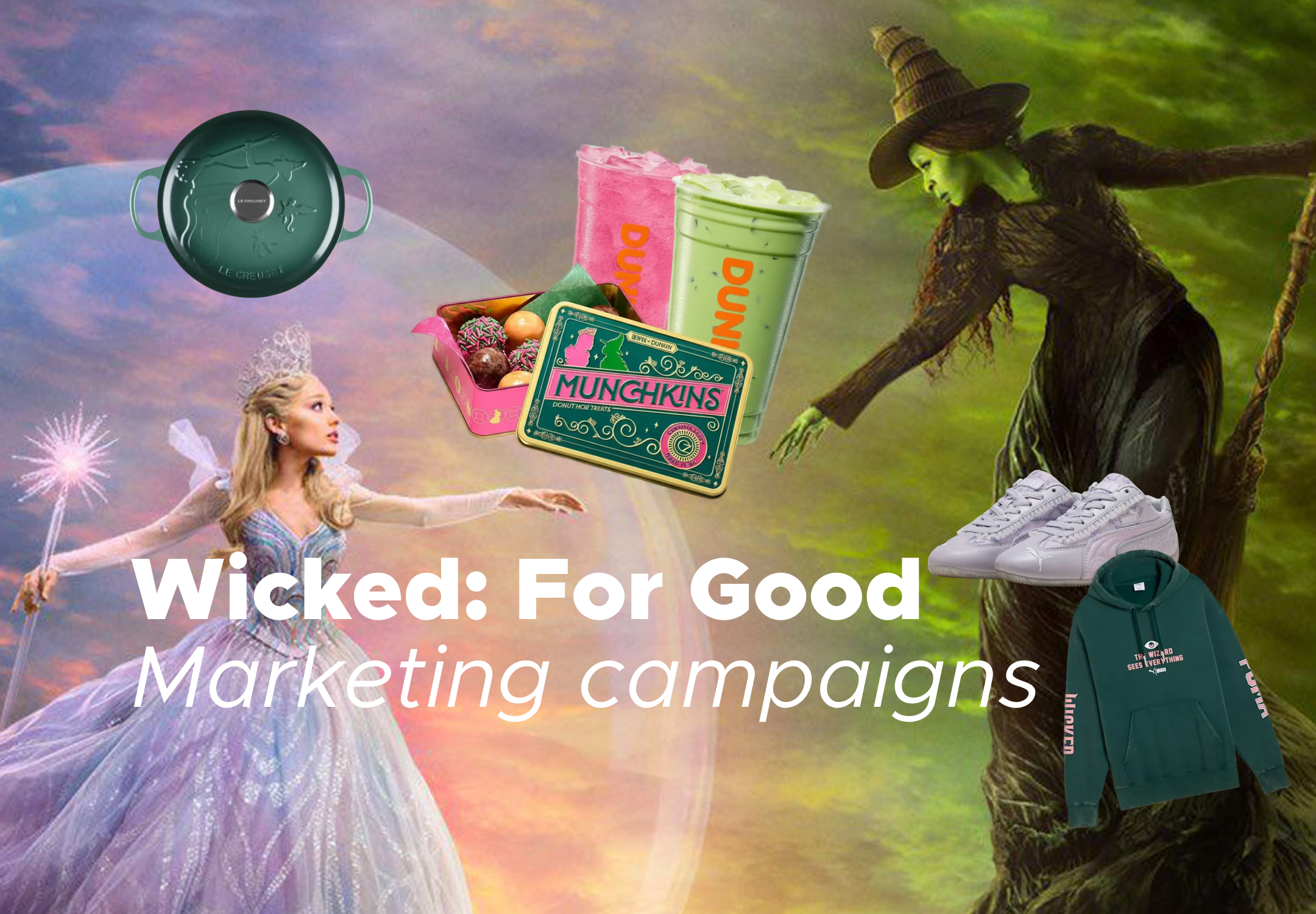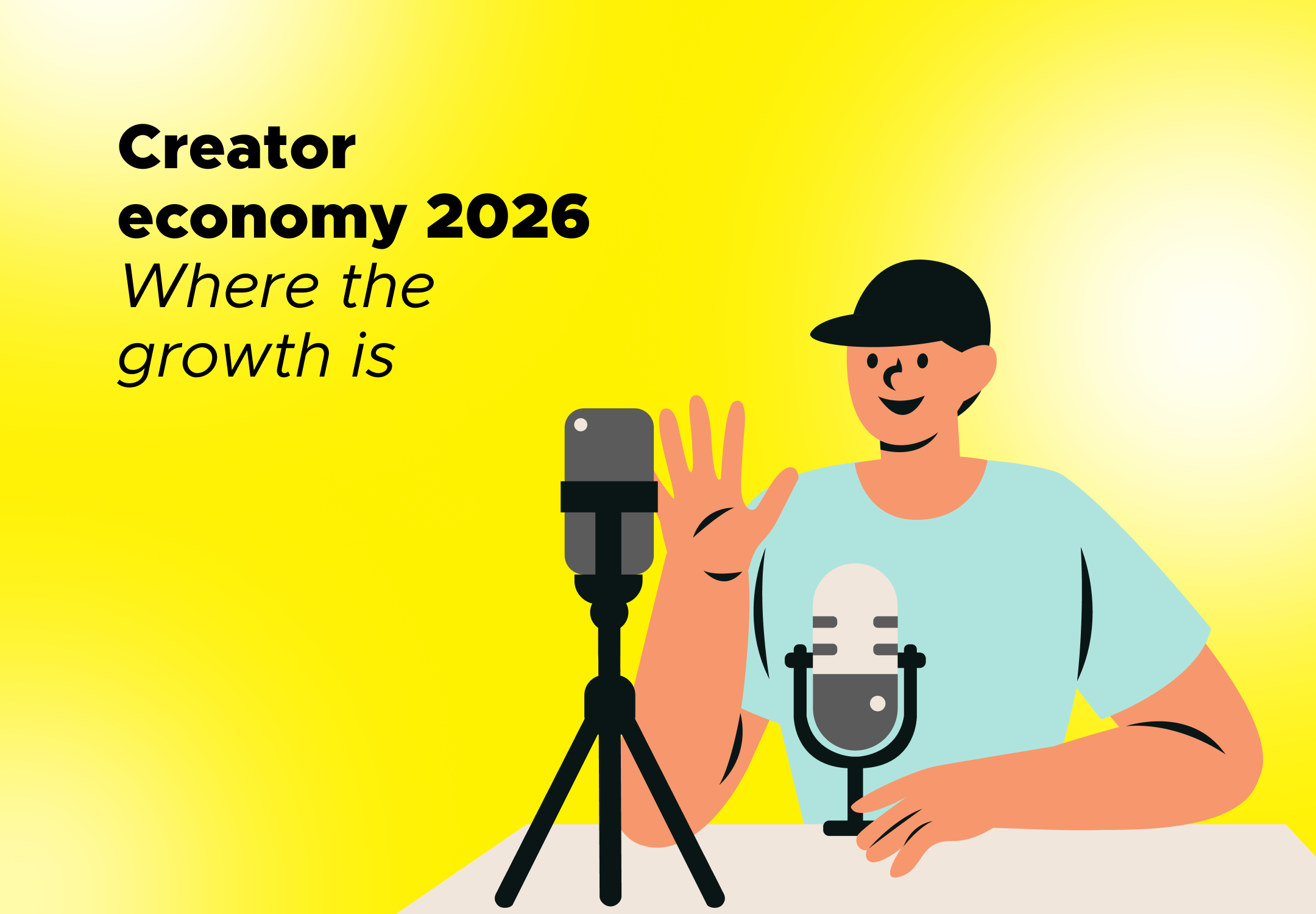The Rise of Shoppable Hauls and Unboxings: Live Shopping vs Static Content – Which Drives More Sales?
Video-first shopping is reshaping retail as unboxing content garners 90,000+ monthly searches. Live shopping creates immediate urgency and group buying behavior, while static shoppable content drives steady, searchable discovery. As consumer shopping behavior becomes non-linear, let's dive into what brands are doing for high conversion rates and sustained growth.
June 17, 2025

We all have seen them. A creator holding up a package, grinning ear-to-ear, saying, “Guys, I had to show you what just came in.” We don’t just shop anymore, we watch people shop. Whether it’s a TikTok haul, a YouTube unboxing, or a live shopping stream, consumers now want to see products in motion, in real life, and in real-time before they decide to buy. And brands? They are quickly realizing that these formats aren’t just entertainment. They are the new frontlines of conversion. Now, the big question is What actually drives more sales—live shopping or static shoppable content? Let’s break it down.
Why Shoppable Hauls and Unboxings Are All the Rage?
Think about the last time you bought something online after watching a haul video or unboxing. You were buying into an experience. You saw how it looked on a real person, how it fit into their lifestyle, and how excited they were about it. Shoppable hauls and unboxings work so well because they tap into something deeper than traditional advertising, i.e, authentic human connection. They create a context where people can picture themselves owning them.
Over 81% of shoppers research products online, with unboxing videos, searched by over 90,000 people monthly, being the 4th most influential content type. 62% of viewers use them specifically to research products before buying.
🛍️🛒Hauls build baskets: One product demo might drive interest. But a 6-item haul builds FOMO, urgency, and curiosity about combinations. People shop more when they see how things come together.
📦🤩Unboxings create micro-experiences: The crinkle of packaging. The surprise. The “wait for it” moment. These are emotional hooks that static images can’t replicate. They activate impulse buying, not logical buying.
Live Shopping vs. Static Shoppable Content: What Works Better?
Before we get into the details, one thing is worth paying attention to. Shopping behavior isn’t linear anymore. That’s why the format you use, video or static, can drastically change how (and when) someone converts. Remember, both formats aren’t competing for the same job. They are solving different parts of the same sales journey. Let’s understand what each does best.
Live Shopping: Urgency, Familiarity, and Entertainment
Live shopping thrives on immediacy. It taps into a hybrid of emotional sales psychology, i.e., part scarcity, part showmanship. What makes it powerful isn’t just that it’s live, but that it feels like a shared experience. When done well, live streams recreate the energy of in-store shopping but layer it with creator charisma, social proof from the chat, and time-sensitive deals. This mix creates a kind of group-driven impulse purchase behavior. Live shopping events show higher click-through rates than traditional formats. US livestream shopping is projected to hit $68 billion by 2026. Brands that win here often build recurring shows, integrate product drops, or use real-time gamification to keep audiences coming back. The downside? High production energy, low shelf life.
Static Content: Long-Tail Discovery + Passive Influence
Static shoppable content is more than just passive media. It’s structured, searchable content designed to meet customers at the exact moment of need. Unlike live shopping, which disappears after the buzz, static content works silently in the background day after day. It powers search-led discovery (“best tinted sunscreens for summer”), repurposes well across platforms, and can be optimized for retargeting and SEO. Static formats also allow for higher creative control, better testing of messaging, and multiple angles per product, making it ideal for storytelling across the funnel. This format excels in creating familiarity over time, especially when layered into a creator’s content flow. It’s not flashy, but it’s consistent, and that’s what drives recurring sales, especially for products with longer consideration cycles or repeat usage patterns.
So, Live or Static?
We would say that the real insight is about when and why you use each. Live shopping is excellent for acceleration, like launching new SKUs, clearing limited inventory, or building buzz around drops. Static shoppable content is built for sustainability, like creating a sales engine that works long after you post it. Smart brands are no longer picking between them. They are combining both formats into a full-funnel strategy. If live shopping is the spark, static shoppable content is the slow burn that keeps the fire alive.
Just know that these three factors consistently drive the highest conversions in shoppable content:
✅Real-time interaction: When viewers can ask questions and get immediate answers, conversion rates get an instant boost. Even if you are doing static content, find ways to be responsive in comments.
✅Authenticity: Viewers can spot fake enthusiasm from far away. Genuine reactions and honest opinions build trust, which builds sales.
✅Convenience: The easier you make it to buy, the more people will buy. One-click purchasing, saved payment methods, and seamless checkout processes matter more than fancy features.
Latest News ☕

The 2026 social commerce revolution: Turning followers into customers
November 22, 2025
Social media isn't just where people scroll anymore - it's where they shop. In 2026, the b...

How ‘Wicked: For Good’ transformed brand collaboration
November 20, 2025
Universal Pictures' Wicked franchise didn't just break box office records with $700 millio...

Creator economy 2026: The industries with the biggest growth potential
November 19, 2025
The creator economy is projected to nearly double from $250 billion to $500 billion by 202...


